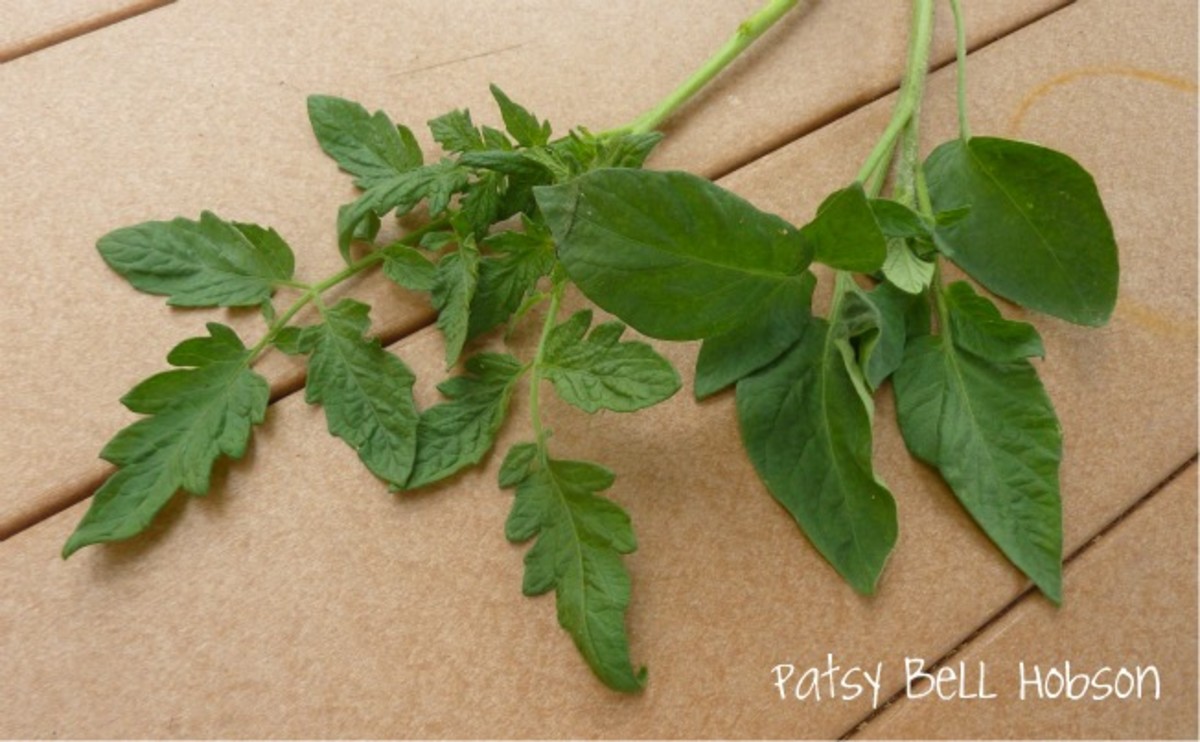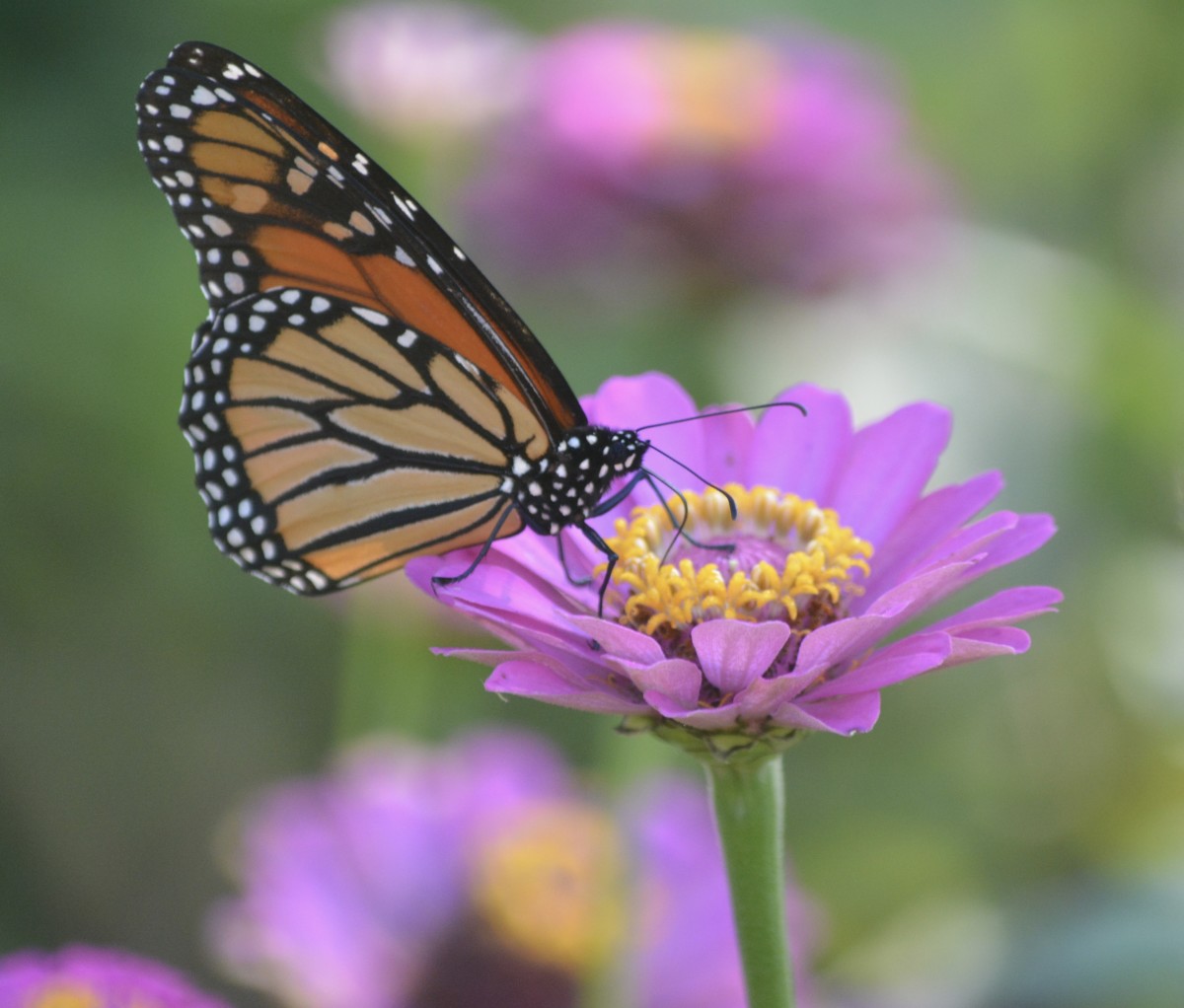How to Choose a House Plant
How many times have you heard (or even said yourself) "What a beautiful plant! But it'll just die when I take it home?"
I hear it all the time. Once or twice I've even said it.
But what if I told you those beautiful plants at the big-box store are planted and sold in such a way that their chances of survival- in your home or mine- are zero to none?
A little perspective...
How many times have you passed up a beautiful plant because you think it'll die when it gets home?
"I only remember to water once a month."
If you are the type of person that can only remember to water once or twice a month, consider perhaps a cactus. They come in a million varieties. Most like lots of light, some like less. I wish I could offer more info on cacti, but I don't have a single one.
Keep in mind though, that the Christmas Cactus, or Zygocactus is not actually a cactus, but a succulent and should be watered as a succulent rather than a cactus. Adding to the confusion, I know. Then there is the Coral Cactus, most often sold as a fancy fan looking piece on top of a stem. They are pretty, BUT this is not at all a true Coral Cactus. It is a piece of a mutated Euphorbia grafted onto the stem of a different kind of Euphorbia. It will flourish as a grafted Frankenplant. Do not try to dismantle the plant! They contain latex and will burn your skin- regardless as to whether you have a latex sensitivity. They should also be treated as a succulent rather than a cactus.
"I can commit to watering once a week"
If you're in the category that can remember to water once a week, consider succulents. They like a free-draining soil, most like lots of light, and if you put them through a dry spell, they will be quite happy. I swear by a terra-cotta pot, though I have heard people say they should be grown in a plastic pot.
Succulents are fun little plants. I would say one of the easiest to grow because their tell-tale signs are more obvious than others.
Keep an eye on your leaves; if they look wrinkly and droopy, you have a watering problem. If they are yellowish, you have a lighting problem. And you don't need to fertilize often. Once a season and they will grow for you.
Did I mention they're hardy little guys? Super hardy.
Do you want to grow plants for flowers? Most succulents flower. Some have showy leaves that change color during the growing season.
Many tropicals will be content with a weekly water. Spider plants will put out for you year after year. They flower, then shoot out little baby spiders. If you want to have a plant for it's air purification abilities, this is the one for you. The rule of greenthumb for a spider plant is: "Tight feet, lots of light."
"I've got time. I can adapt to a special watering schedule"
One of the most popularily abused plants by the big-box store is the Phalaenopsis orchid. They are breathtakingly beautiful flowers. Unfortunately, big-box store is selling them to be a center piece to last oh...a month or so.
Be wary when you purchase an orchid at the grocery store. Lift the sphagnum moss and take a peek at the root system: They should be green and plump. If they look a little on the brown side and slightly mushy they might still make a comeback. If they are black the poor little guy is facing certain death.
The tight sphagnum you see wrapped around the roots is part of the forced-bloom abuse. The roots are suffocating so in order to preserve the species, the orchid goes into a "bloom blasting" stage, where it uses the last of it's energy to produce flowers, where if all goes well, the flowers will be pollinated and a new plant can form. If there's enough stored energy. In most cases there is not.
Do not go with the "Just Add Ice" orchid. Orchids are tropical. They like warm. Ice shocks the roots (can help with bloom blast, but you don't want that if you want the plant to survive.)
The most important thing to understand with orchids is their roots preform photosynthesis. They need air and light to thrive. Mount it on a stick or plant it in bark. Water it once or twice a week (I need to do it twice, my home is very dry,) fertillize once a month until growing season, and you will have an orchid that will bloom once, sometimes twice a year.
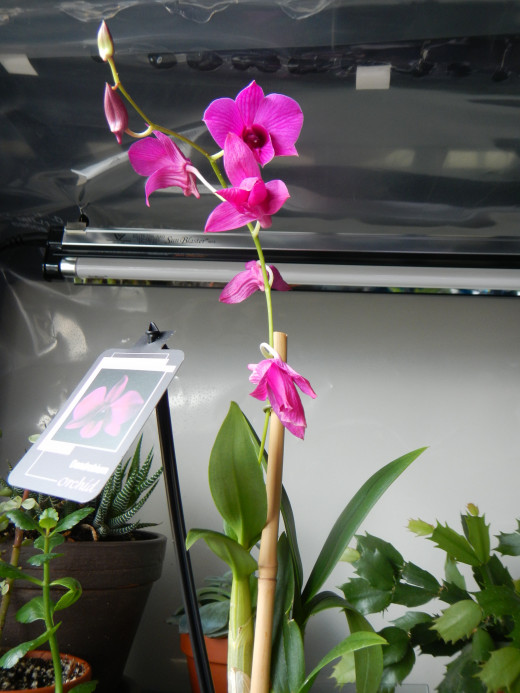
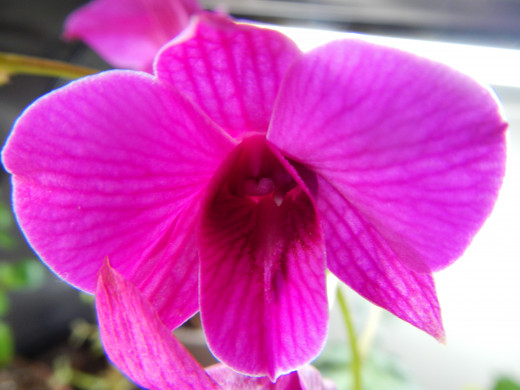
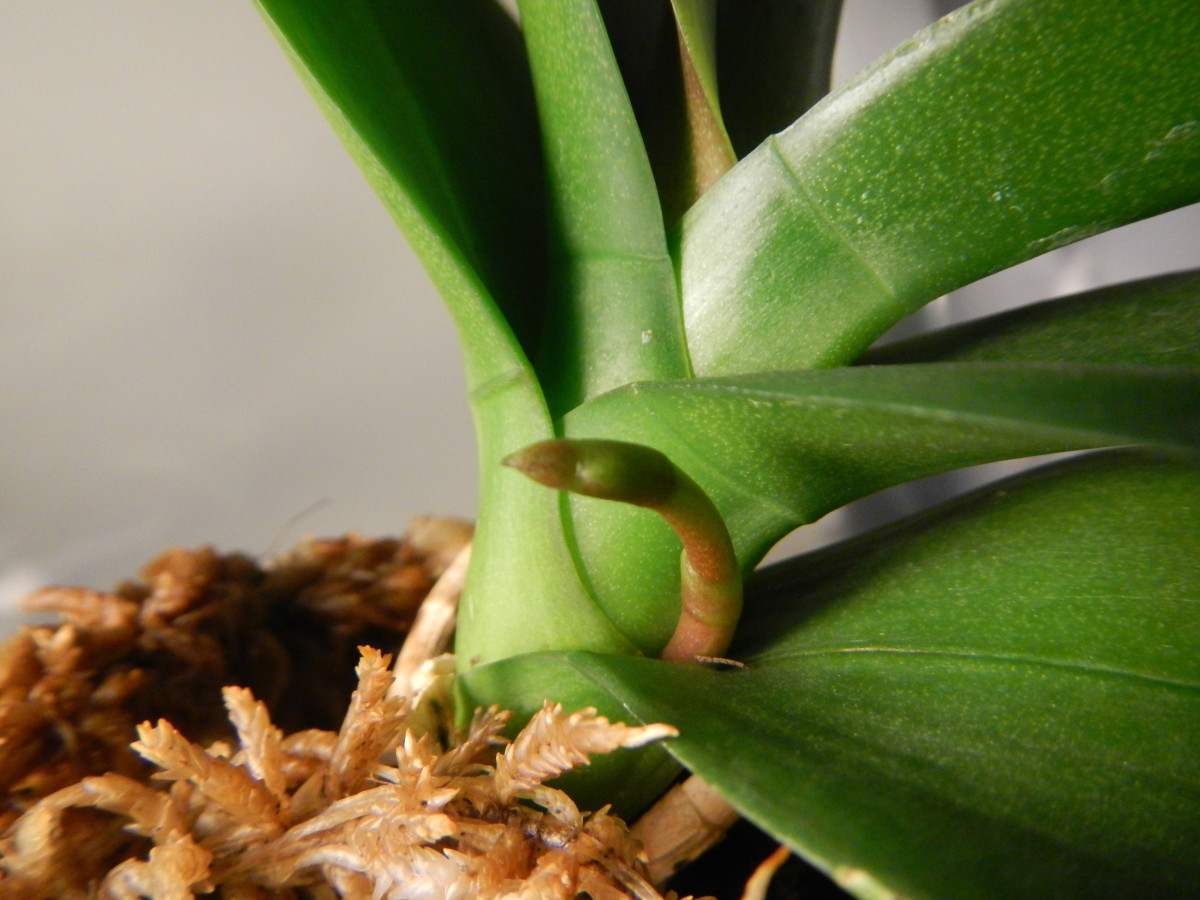
"I want a conversation piece!"
If you want something that people will want to come to your house to see, consider a carnivore or a tillandsia.
The thing you need to understand with a carnivore is that they need to go dormant for three months a year. This can be achieved by putting it in a shed, cool basement, or even in the refrigerator (I wintered mine on a drafty windowsill. It flowered and divided this spring.)
You also can't feed it animal meat, cooked or raw. It needs the nutrients in bugs. It prefers predatory insects (spiders, beetles, mosquitos) but will keep fruit fly numbers under control.
You can not use tap water. Rainwater or distilled water is fine. Nothing with dissolved minerals. They are bog plants. They do not want fertillizer, soil with any nutrients. My preferred media is live sphagnum.
Contrary to popular belief, you do not need to put your VFT in a terrarium. They will be quite happy in a humidity tray. Other species such as the sundew or pitcher plant should be in terrariums.
What about an air plant?
I see Tillandsias at craft shows and occasionally in the big-box store. They are often glued to some pretty little shell or part of a mini-scene.
This is (IMO) also a big no-no. I mean, think about it. Tillansia's are interesting little plants. They absorb water, carbon dioxide and nutrients through their leaves rather than through roots. Glueing them (especially small ones) to anything takes away from their surface area, which on a tiny little plant is very valuable.
They are generally mounted (glued) so the bulbous part is at the bottom, making the plant right side up. In nature, they grow out of the crevaces and cracks of rocks and large trees. Very rarely right side up. This eliminates the collection of water between the leaves which leads to rot. So it stands to reason they should be mounted upside down when grown in the home.
Another valuable piece of information not shared at craft shows or big-box stores is that they absorb all their carbon dioxide at night, so think of them as little vampires. Watering them at night closes the pores they would use to absorb carbon dioxide, slowly suffocating them. I have a crazy watering regime with them. I soak them in a cup of water for about 5 minutes in the morning, then mist early evening. They are dry by the time I go to bed. Once or twice a week (depends on the plant) I soak them for about half an hour. I fertillize once a month (because they have no roots or soil to absorb nutrients.)
Air Plants: Little Green Vampires.
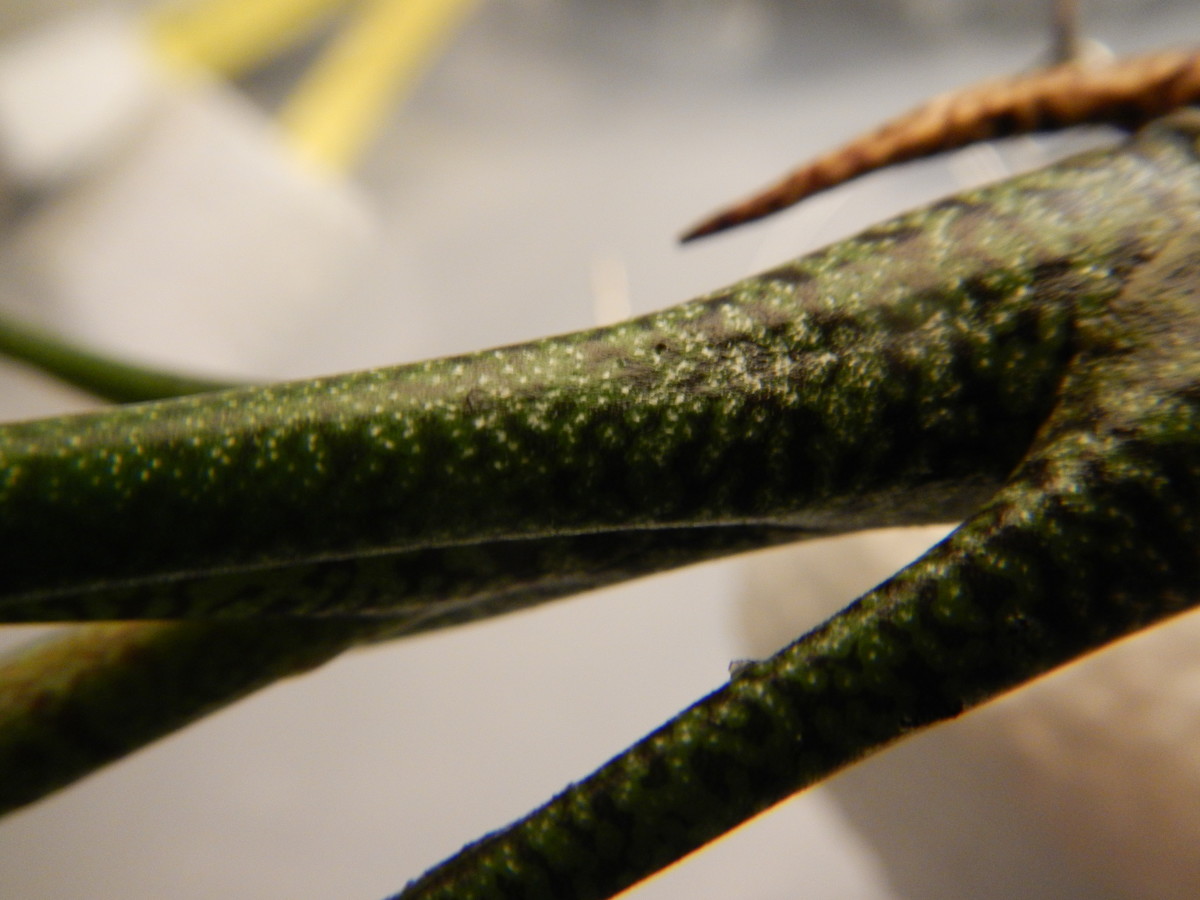


It's a trial and error kind of thing
I would love to brag that I have a 100% survival rate, but this is not true. Expect to kill a few plants before you get it right. When I started indoor gardening, I killed EVERYTHING. I would say I had a 10% survival rate a year ago. In the past year I've killed a pointsettia, three VFTs, a Jade, a Hibiscus, two orchids, and probably more that I'm forgetting about.
The important thing is that I learned from each one. For example, never put a VFT into a greenhouse that is still in Beta when you go away for the night. I came back and they were toast. My succulents were happy as a clam though. That told me I needed to vamp my humidity.
I was using a clear plastic pot with decent drainage for the orchids. The one I lost was to root rot. I needed a clear plastic pot with excellent drainage and more vent holes. The surviving orchid has spiked for me.
I think of my greenhouse as an ongoing science experiment. I will lose more plants in the future, and try new things (this year, Lithops and Herbs!)
So next time you see a beautiful flowering plant, go for it. But buyer beware; they are not being sold to you in a manner that is set up for success.
SEE MY SUCCESS!
- Organic Home Made Root Stimulant
How to easily make your own root stimulant. - Pest Infestation? Fix It With A Venus Fly Trap!
When my orchids came down with a fungus gnat infestation, I dealt with the problem the only way I know how: I got another plant. - My Orchid Rescue Mission
My first ornamental plants. I rescued them from Wal-Mart, and it was the beginning of an addiction.

